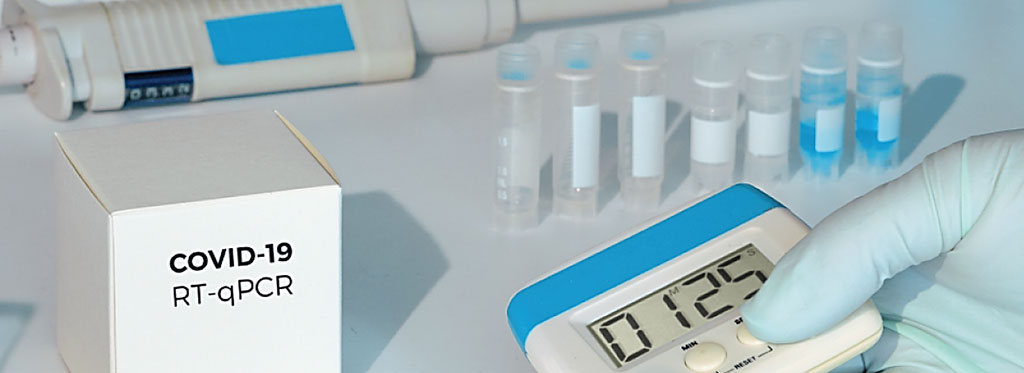SARS-CoV-2 Detected in Multiple Sample Types
By LabMedica International staff writers
Posted on 23 Mar 2020
An epidemic of respiratory disease caused by severe acute respiratory syndrome coronavirus 2 (SARS-CoV-2) began in China and has spread to other countries. Real-time reverse transcriptase–polymerase chain reaction (rRT-PCR) of nasopharyngeal swabs typically has been used to confirm the clinical diagnosis.Posted on 23 Mar 2020
However, whether the virus can be detected in specimens from other sites, and therefore potentially transmitted in other ways than by respiratory droplets, is unknown. Scientists have outlined efforts to understand which clinical specimens can harbor the SARS-CoV-2 virus, which causes the coronavirus disease COVID-19.

Image: SARS-CoV-2 has been detected in different types of clinical specimens (Photo courtesy of New York State).
Infectious Disease specialists at the Beijing Ditan Hospital (Beijing, China) and their colleagues collected 1,070 samples from 205 individuals diagnosed with COVID-19, using RNA extraction and real-time reverse transcriptase PCR (RT-qPCR), to search for sequences stemming from SARS-CoV-2. In particular, samples were deemed SARS-Cov-2-positive if RNA from the virus could be detected with 40 or fewer RT-qPCR cycles.
The scientists detected SARS-CoV-2 RNA in 72 of 104 sputum samples, five of eight nasal swab samples, and 126 of 398 pharyngeal swab samples. While the virus was not found in any of the 72 urine samples tested, it did turn up in 29% of the 153 fecal samples assessed, prompting follow-up culturing and electron microscopy analyses on four fecal samples to search for live viruses. The most pronounced rates of positivity came from the so-called bronchoalveolar lavage samples, collected by washing and retrieving fluid samples from part of a patient's lung through the mouth or nose. Of the 15 samples collected in that manner, 14 (93%) were positive for the coronavirus. In contrast, just six of 13 (46%) biopsy samples obtained using a fibrobronchoscope brush tested positive for SARS-CoV-2 by RT-qPCR.
The investigators detected SARS-CoV-2 in just 1% of the 307 blood samples tested, totaling three positive blood samples in all, results that they suspect were due to systemic infection in these patients. Some 19% of the patients in that group developed severe illness, while the majority of those diagnosed with the condition experienced now well-documented symptoms such as a fever, fatigue, and a dry cough.
The authors explained that blood, sputum, feces, urine, and nasal samples were collected throughout the illness. Bronchoalveolar lavage fluid and fibrobronchoscope brush biopsy were samples from patients with severe illness or undergoing mechanical ventilation. The study was published on March 11, 2020 in the Journal of the American Medical Association.
Related Links:
Beijing Ditan Hospital














